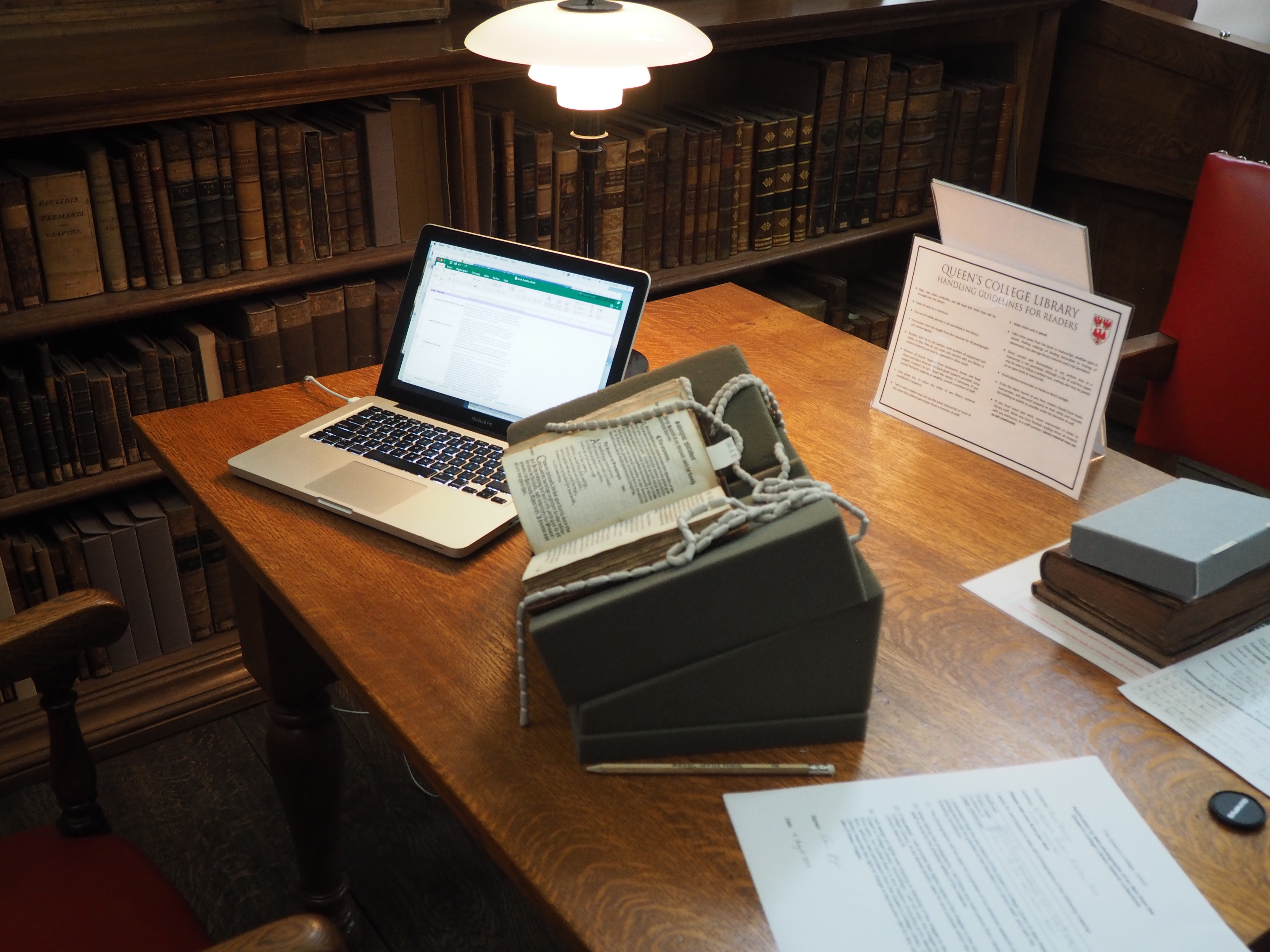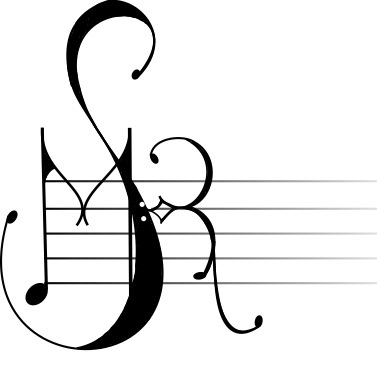
This summer, I spent a month as a visiting fellow at New College, Oxford, thanks to the generous support of the Huntington Library. One of the chapters in my dissertation focuses on music and print culture, examining how people produced and consumed printed music during the English Reformation. Specifically, I am interested in why people were drawn to this medium, and how the characteristics of print—its potential for widespread dissemination, its relative affordability compared to the expense of manuscript production, and its variety of formats—not only shaped consumption habits, but actually affected the style and popularity of specific genres of music.
While in Oxford, I examined a number of printed materials: devotional books such as Books of Hours (called ‘primers’ in England) and volumes of metrical Psalms, single-sheet broadside ballads, and Protestant and Catholic liturgical books. I spent most of my time at the Bodleian Library, but also visited libraries at Queen’s College, Brasenose College, Exeter College, and Christ Church—the photo was taken in the Upper Library at Queen’s College, where I spent a day looking at five items: Miles Coverdale’s Goostly psalmes and spirituall songes (c.1535), a copy of The Primer, in Englishe and Latyn (1542), Thomas Cranmer’s 1544 English litany, William Baldwin’s The canticles or Balades of Salomon (1549), and John Merbecke’s The Booke of Common Praier Noted (1550). Miles Coverdale’s Goostly psalmes holds the honor of being the first publication of reformed, vernacular hymns in England, and the copy at Queen’s College is the only one still extant—probably because Henry VIII ordered copies of the book to be burned in the 1540s. Another item of note is William Baldwin’s The canticles or Balades of Salomon—published fairly early in Edward VI’s reign, this allegorical reading of the Song of Songs is presented in verse almost like a stage-play, with four singers: Christ (the bridegroom) accompanied by his friends, and the Church (his spouse) with her attendants. Although there is unfortunately no musical notation in this volume—though Baldwin does vow to publish a notated version in his preface—it’s still a very interesting (and promising) source.
I haven’t come to any firm conclusions yet about the material I examined in Oxford, but some of the more unusual items—like Baldwin’s book—suggest that print allowed for the production of music that was innovative with respect to format and genre. In addition, these print materials offer the opportunity to rethink how we approach musical sources in this period, when so much published music was printed without the aid of musical notation—but that rather complex subject is a topic for another time!
—Anne Heminger
Anne Heminger is a fifth-year PhD candidate in Historical Musicology working with Stefano Mengozzi. Her dissertation, “Confession Carried Aloft: Music, Sound, and Religious Identity in London, 1540–1560,” investigates the intersections between music, officially sanctioned orthodoxy, and the religious heterodoxy that marked English life under Edward VI and then Mary I.
Recent Posts
SMR to Host Midwest Graduate Music Consortium 2025 Conference – January 13, 2025
SMR Welcome BBQ at County Farm Park – October 01, 2024
Julian Grey defends dissertation – June 05, 2024
Michaela Franzen defends dissertation – May 21, 2024
Kai West defends dissertation – May 16, 2024
Micah Mooney and Carlos Pérez Tabares present at Music Theory Midwest – May 12, 2024
SMR end-of-year round-up at County Farm Park – April 25, 2024
SMR hosts Research Showcase – September 29, 2023
 Society for Music Research
Society for Music Research